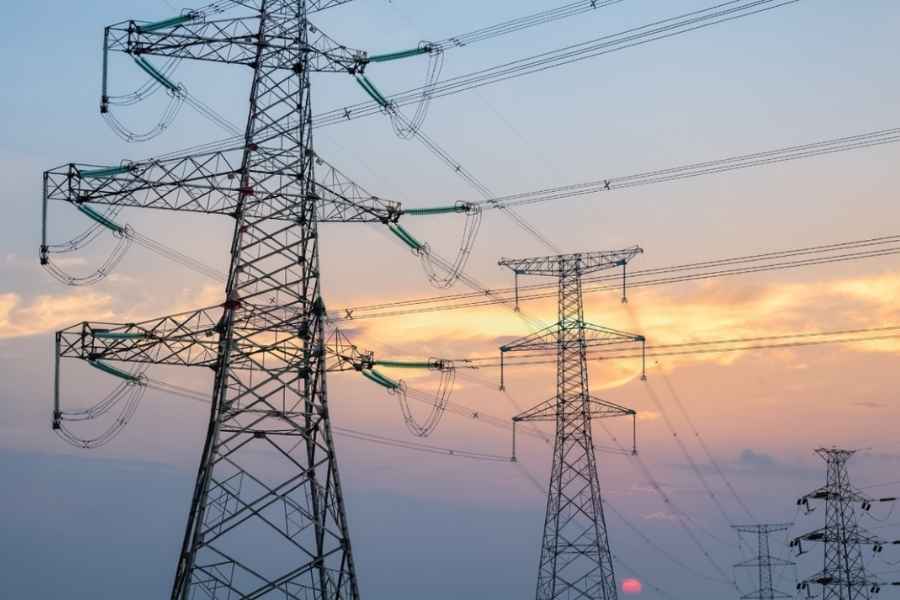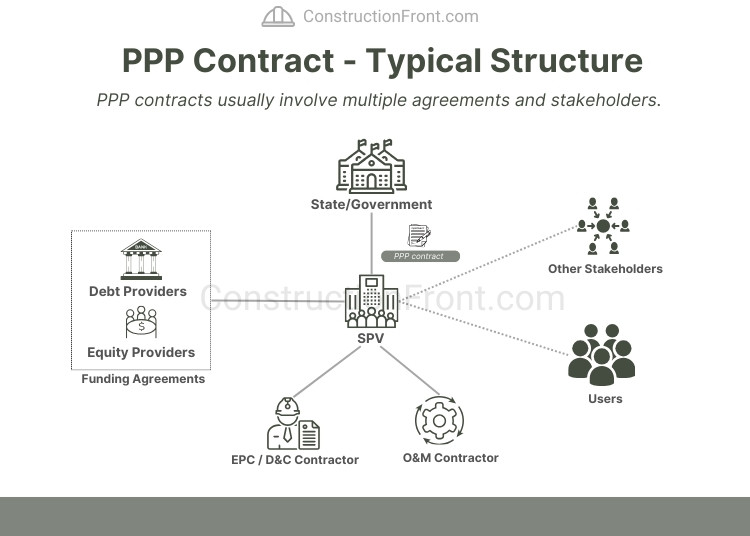The Central-West Orana Renewable Energy Zone (REZ) in New South Wales has reached a pivotal moment, with financial and contract close officially secured for the Public Private Partnership (PPP contract).
Spearheaded by ACEREZ—a consortium comprising ACCIONA, COBRA, and Endeavour Energy—the project is set to become Australia’s first operational REZ and a cornerstone of the country’s transition to a low-carbon economy.
Backed by the NSW Government and overseen by EnergyCo, this landmark infrastructure initiative is designed to integrate large-scale solar and wind generation with the state’s electricity grid, while also laying the foundation for long-term community and economic development.
Central West Orana (CWO) REZ - Project Details
Project Scope
The new Renewable Energy Zone will deliver at least 4.5 GW of new network capacity by 2028. It is expected to connect up to 7.7 GW of renewable energy, supplying electricity to more than two million homes annually.
Spanning approximately 20,000 square kilometers, the Central-West Orana REZ will include:
90 km of 500kV transmission lines
150 km of 330kV transmission lines
Eight substations
Key transmission paths from Elong Elong in the west to Barigan Creek in the east, via the Merotherie power centre

What is a Renewable Energy Zone?
A Renewable Energy Zone (REZ) is a coordinated network of new wind, solar and storage projects clustered in strategic areas where renewable energy can be efficiently generated, stored and transmitted.
As coal-fired power stations retire, these zones are central to maintaining reliable electricity supply while accelerating the transition to clean energy. REZs are designed to reduce wholesale electricity prices, support local jobs and economic growth, and help Australia meet their net-zero emissions targets.
PPP Contract Details
It is understood that EnergyCo has awarded the ACEREZ consortium a 35-year PPP Availability contract to design, build, operate, and maintain the transmission network. This long-term agreement reflects a strategic commitment to not only build critical infrastructure, but to operate it sustainably and efficiently in the decades to come.
Public-Private Partnership (PPP) contracts are structured to transfer key project risks to the private sector, with payments tied to service performance rather than construction milestones. This model ensures accountability, encourages whole-of-life asset management, and fosters innovation by focusing on service outcomes instead of rigid technical specifications.
Suggested Reading: Public Private Partnerships (PPPs): What are they? How they Work?

Lorem ipsum dolor sit amet, consectetur adipiscing elit. Ut elit tellus, luctus nec ullamcorper mattis, pulvinar dapibus leo.
The impact on the regional economy
As Australia accelerates its shift toward renewable energy, the Central-West Orana REZ stands out as a transformative project—combining infrastructure innovation, stakeholder collaboration, and economic opportunity. With ACEREZ now entering the delivery phase, the region is poised to become a national leader in clean energy generation, while serving as a model for future REZ developments across the country.
This REZ is anticipated to act as a powerful economic engine for the region. With an estimated AU$20 billion in private investment expected by 2030, the project will generate over 5,000 jobs at peak construction, with additional opportunities for local businesses and suppliers.
The New South Wales Government has also committed $128 million to support local councils, First Nations groups, and community projects within the REZ. The first wave of grant recipients will be announced soon, ensuring that financial support reaches the community ahead of major construction works.
Related Project and News – Renewable Energy Projects and PPPs in Australia













